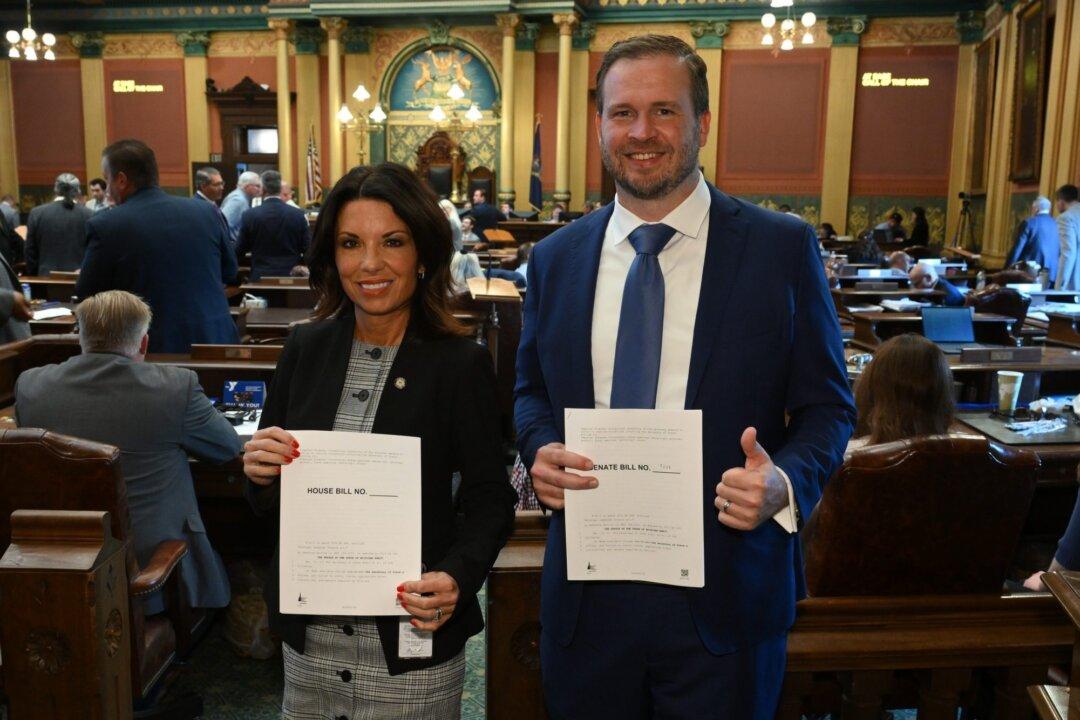A Feb. 10 deadline for the 195 signatories of the Paris Agreement climate treaty to publish and submit their emissions-reduction plans to the United Nations has come and gone with just 10 nations complying.
The reason that so many countries have not published their reports on time remains unclear.





